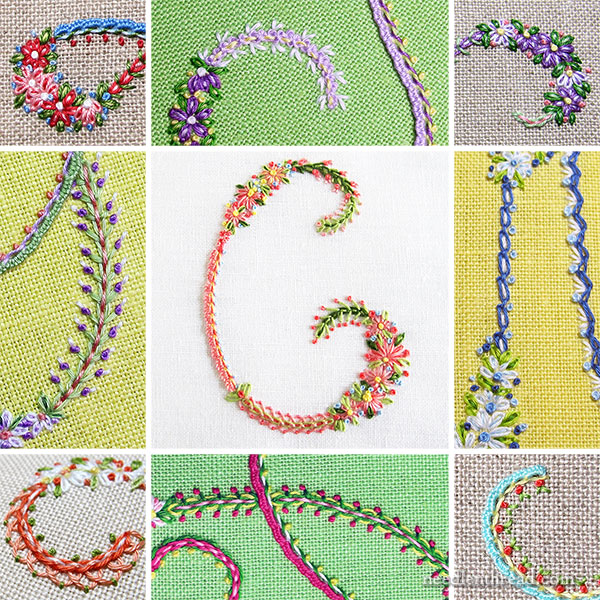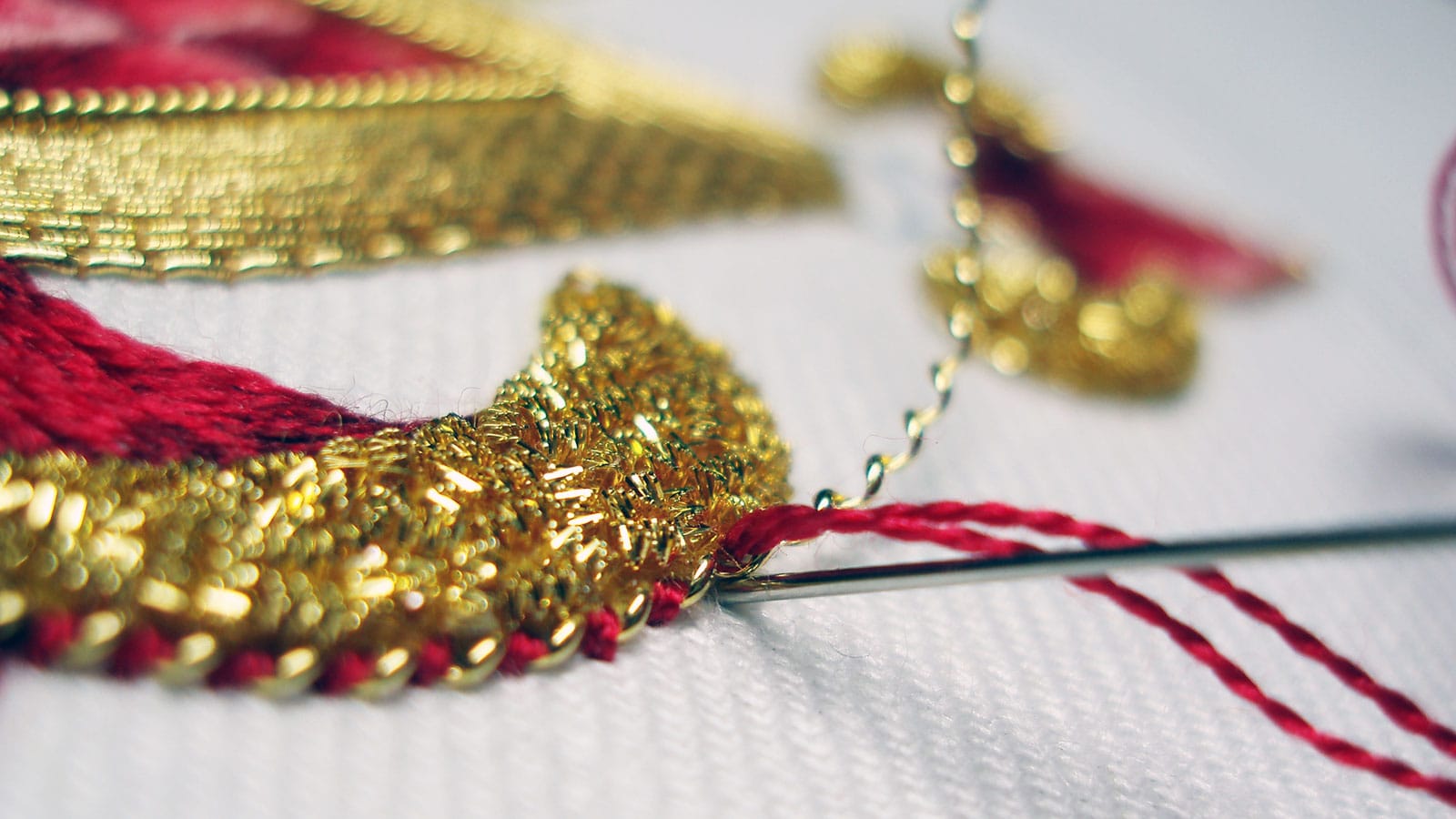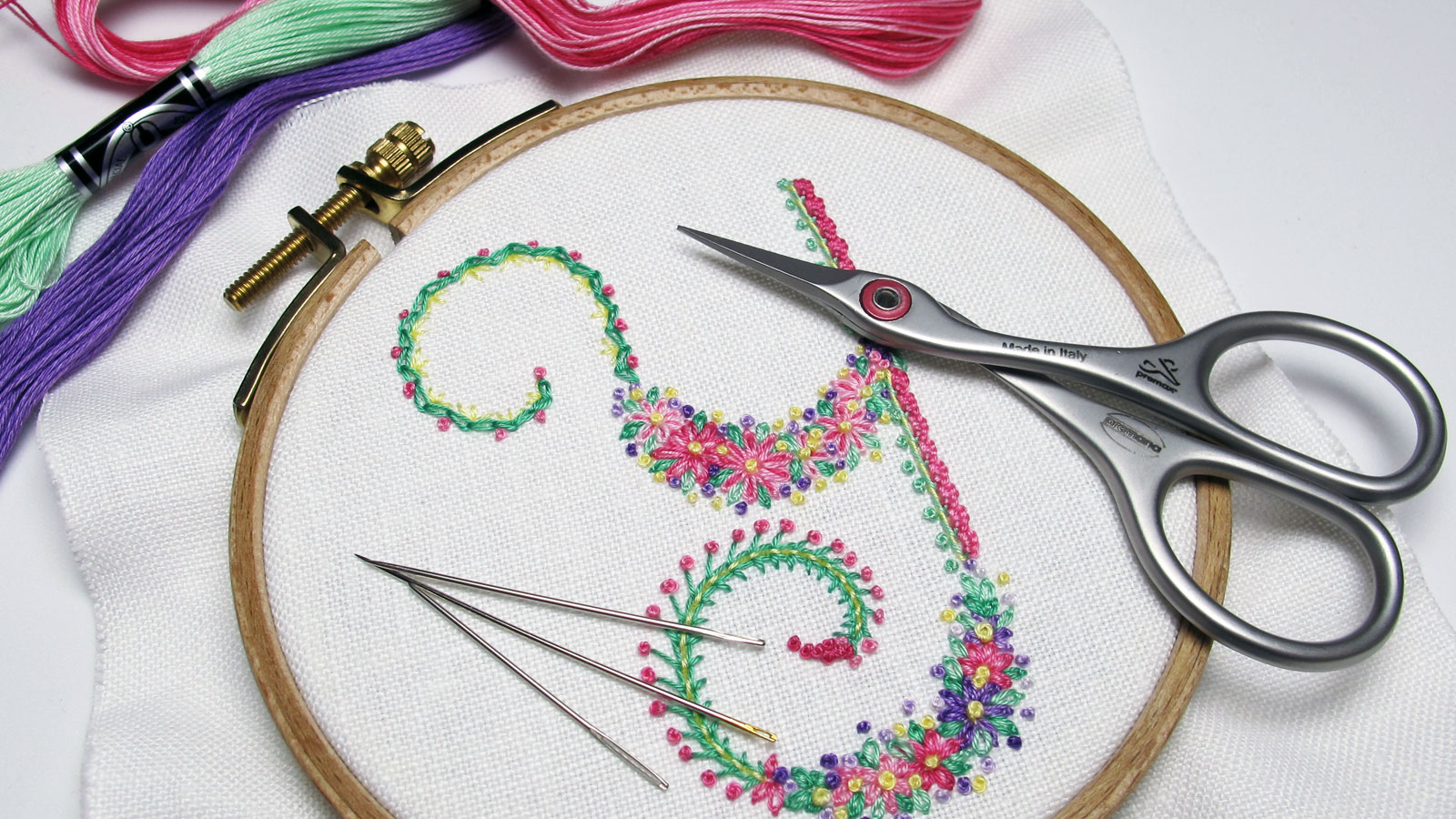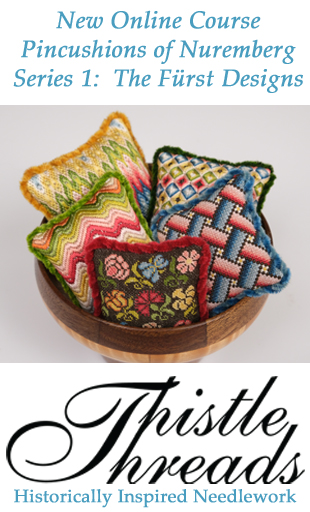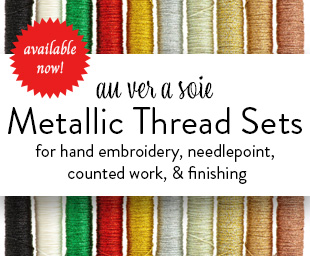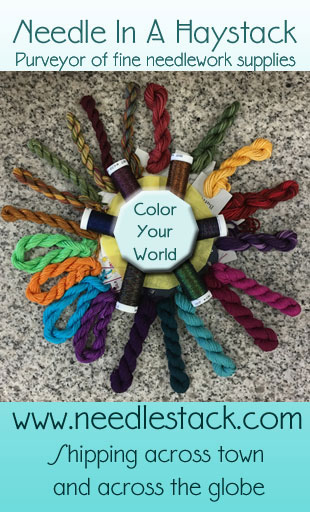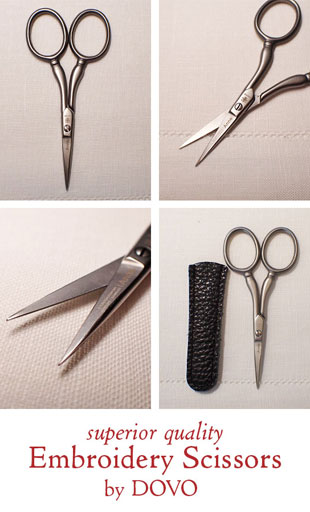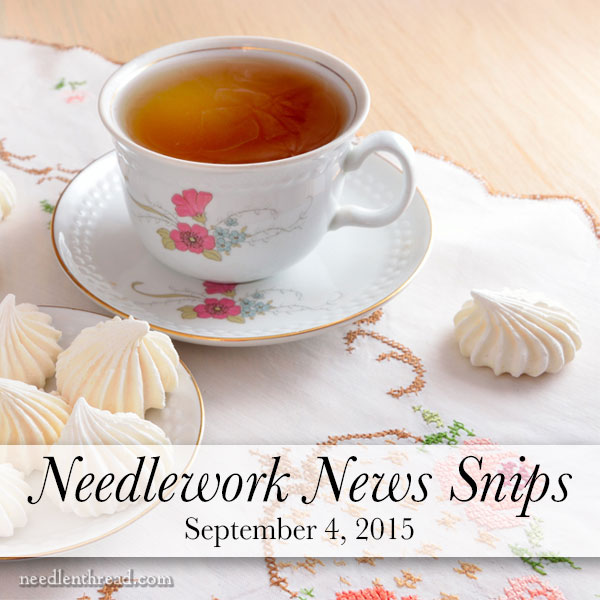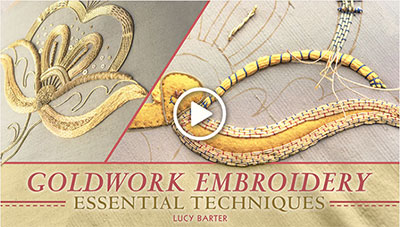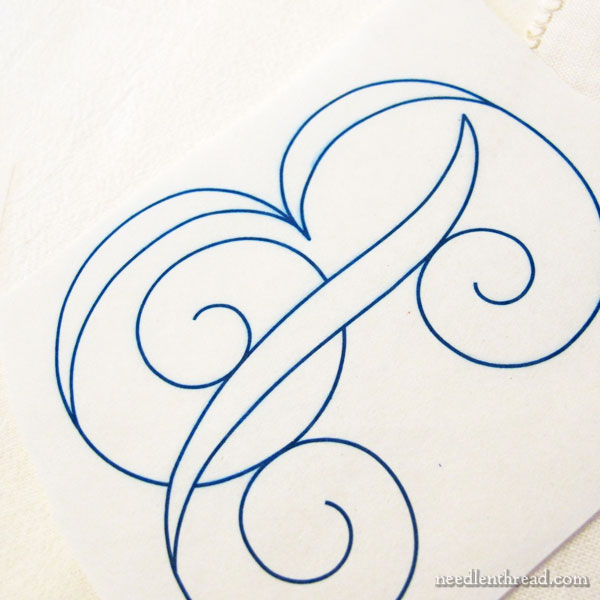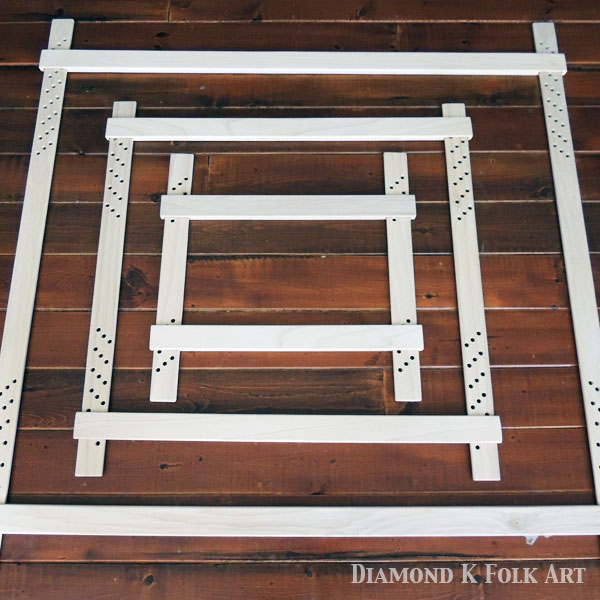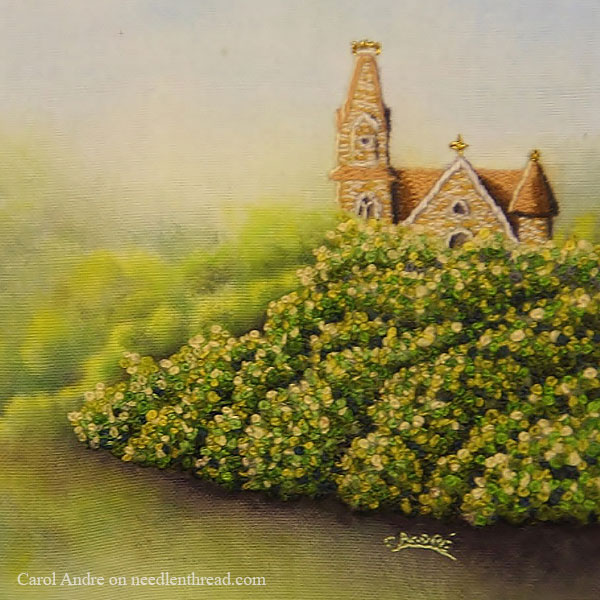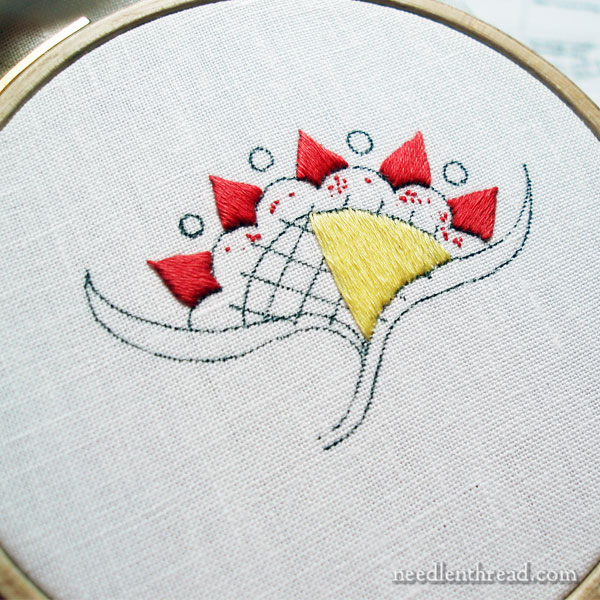September 7, 2015
Labor Day – Here’s a 12-Hour Break for You!
It’s Labor Day here in the US, and one of those treasured three-day weekends! You know the type!
Once upon a time, this day used to mark the official end of summer vacation for kids going back to school. Now, it falls somewhere in the second or third (or fourth) week of the school year and is welcomed as the first three-day weekend of the academic year.
When I was a kid, our family celebrated Labor Day by…laboring. We cleaned the garage and wallowed through the last big yard clean up before winter. We knew how to have fun!
One thing I love about Labor Day is that it signals that autumn is coming. It’s time to anticipate the imminent change of seasons by planning out how to spend the shorter upcoming days and darker evenings stitching.
Maybe you’re looking for a new project? Maybe you’re contemplating stitching up some Christmas gifts?
Well, to that end, I have a little 12-hour break for you…
